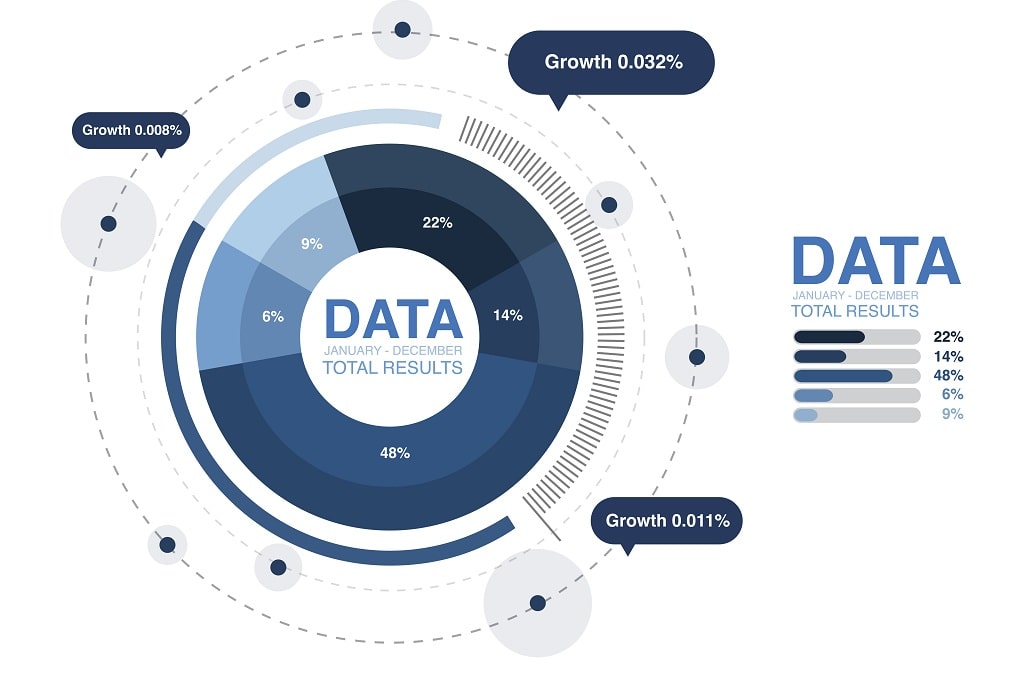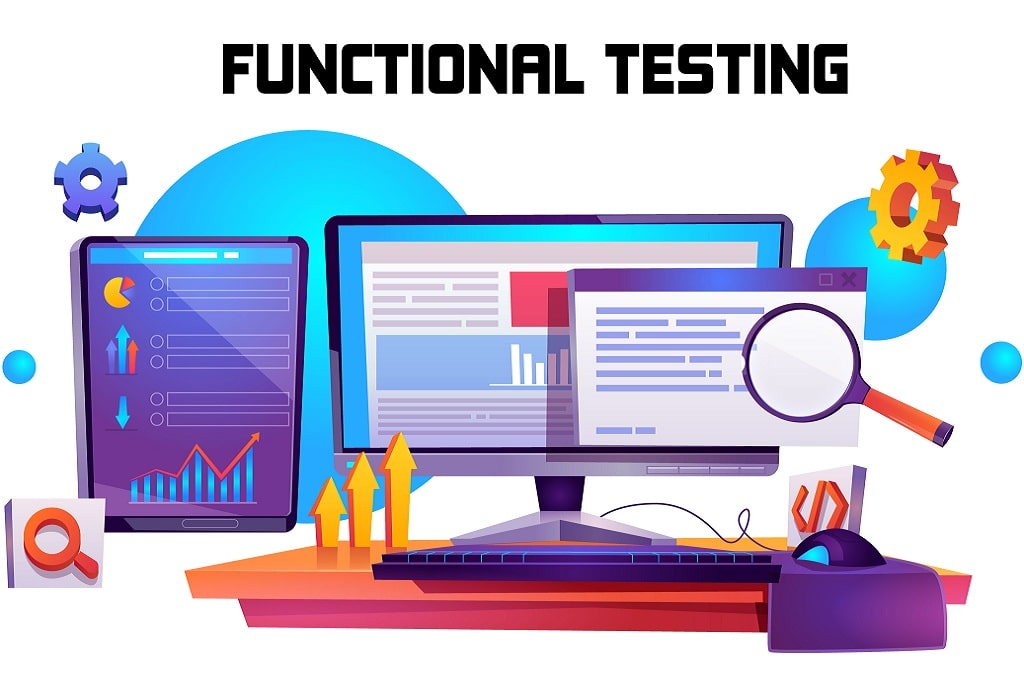Many individuals get ERP and Enterprise Management System also known as EMS concepts mixed up, despite the fact that the distinction between enterprise resource planning and enterprise systems is rather clear.
It’s possible that this is due to the fact that both phrases include the same word. The difference between enterprise software and ERP systems is the focus of our essay.
In this section, you will understand what distinguishes different IT products from one another as well as the value that they may provide to your company.
ERP vs. Enterprise Application Software
Enterprise application services provide expert integration solutions for the software and computer systems of the following types of businesses:
ERP SCM (supply chain management) tools, reseller portals, CRM (customer relationship management), ecommerce solutions, document management software, workforce management apps, intranets, and other industry-specific software like electronic health record (EHR) and manufacturing execution systems) are some examples of the various purposes that can be served by these types of applications.
#1. Different beginnings and standings
Included in this category are legacy programs, in-house software, open source software, commercial off-the-shelf software, software as a service (SaaS) solutions, and third-party service (payment, shipping, social networks).
#2. Complexities of varying degrees
From the time-tested transactional systems of the past to the cutting-edge solutions supported by the Internet of Things, machine learning, artificial intelligence, and big data technologies.
The most important distinction between ERP and EMS
ERP and EMS are two terms that are often confused by a lot of people. Consequently, let’s get to the bottom of what EMS stands for and why it’s not the same as ERP. EMS stands for the enterprise management system.
It is an enterprise-grade solution that satisfies the requirements that businesses have for the software and technology they use. There is aunderstated distinction between them and enterprise planning systems, despite their similarities.
The term “enterprise resource planning software” refers to a single piece of software that consists of many modules, each of which is tailored to a certain department within a company.
The majority of management systems include essential capabilities such as the administration of financial resources, human resources, customer relationships, sales, and supply chain management, amongst others. Some businesses create one-of-a-kind software to meet their unique requirements in order to compete.
This category of computer systems, known as enterprise systems, is primarily designed to meet the needs of major businesses. On the other hand, a growing number of S&M companies are beginning to consider the advantages that may result from the installation of ERP or EMS.
Benefits of Enterprise Systems That Cannot Be Denied
- Both ERP and EMS are components of corporate systems, as was previously noted. They each provide something of value to the company. The following is a list of the primary advantages offered by these applications:
- Working with complicated software architecture and operations required fewer personnel to be employed.
- A decrease in the expenses incurred by the company’s management activities, both internal and external.
- Functionalities are incorporated into a single system
- A more fruitful working relationship between the many sections of an organization
- Excellent scalability as well as adaptability. The cloud-based nature of the software that runs the EMS makes it feasible to use the system whenever and wherever you choose.
- There is the possibility of personalization
- Increased efficiency of the workforce, improved interactions with customers, and rapid expansion of the company’s market share all contribute to increased sales.
Bottom Line
ERP software integrates the whole system, which means that it unites all of the departments under one roof, it redefines boundaries within the organization of all of the departments, and it makes it possible to operate transparently across the company.
In order to provide quick and seamless administration, real-time updates of the inputs collected at each point of entry should be made available. It is possible to classify Enterprise application services and EMS as two different kinds of corporate software.
The fact that the meanings of various systems are often confused is likely due to the fact that these systems may sometimes get intertwined with one another.
In any event, a business of any size may benefit from using software of this kind. Consider using an appropriate business software solution if you are headed in the right direction toward success.




